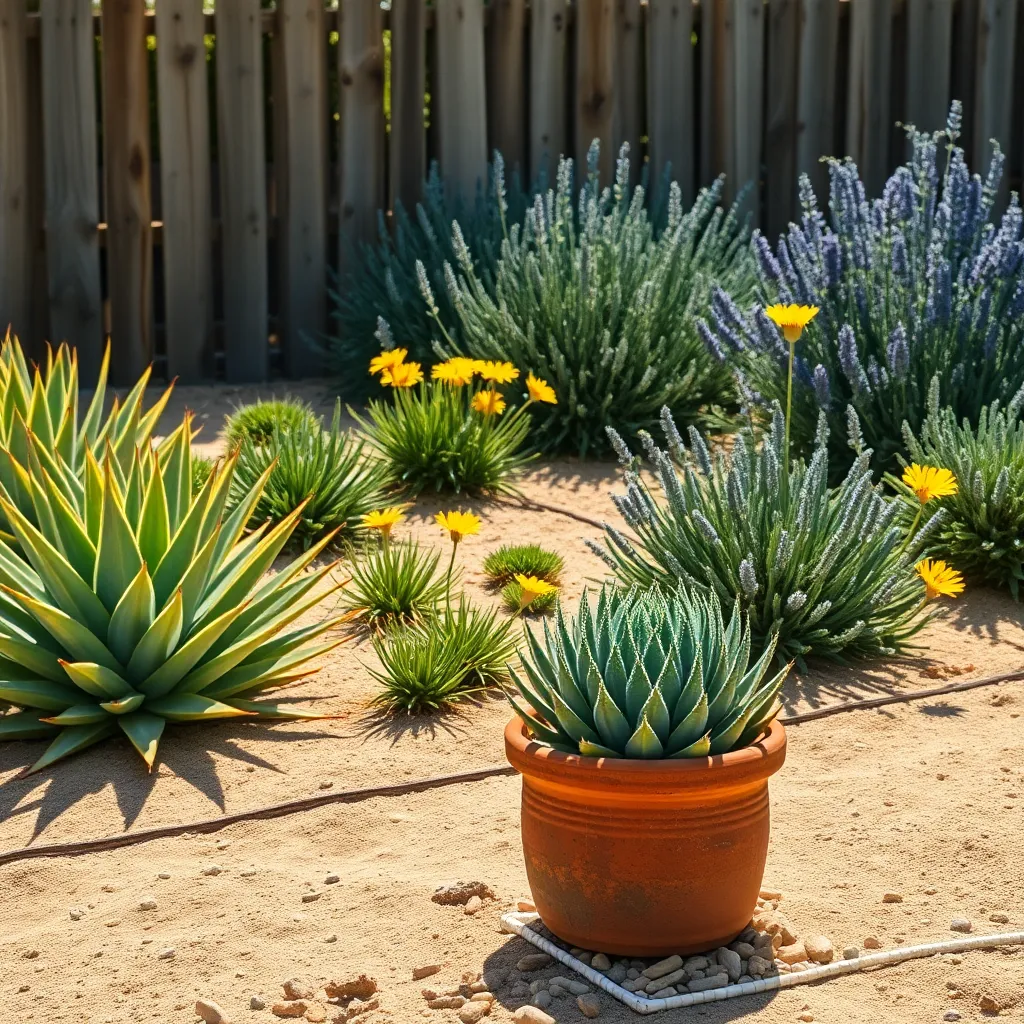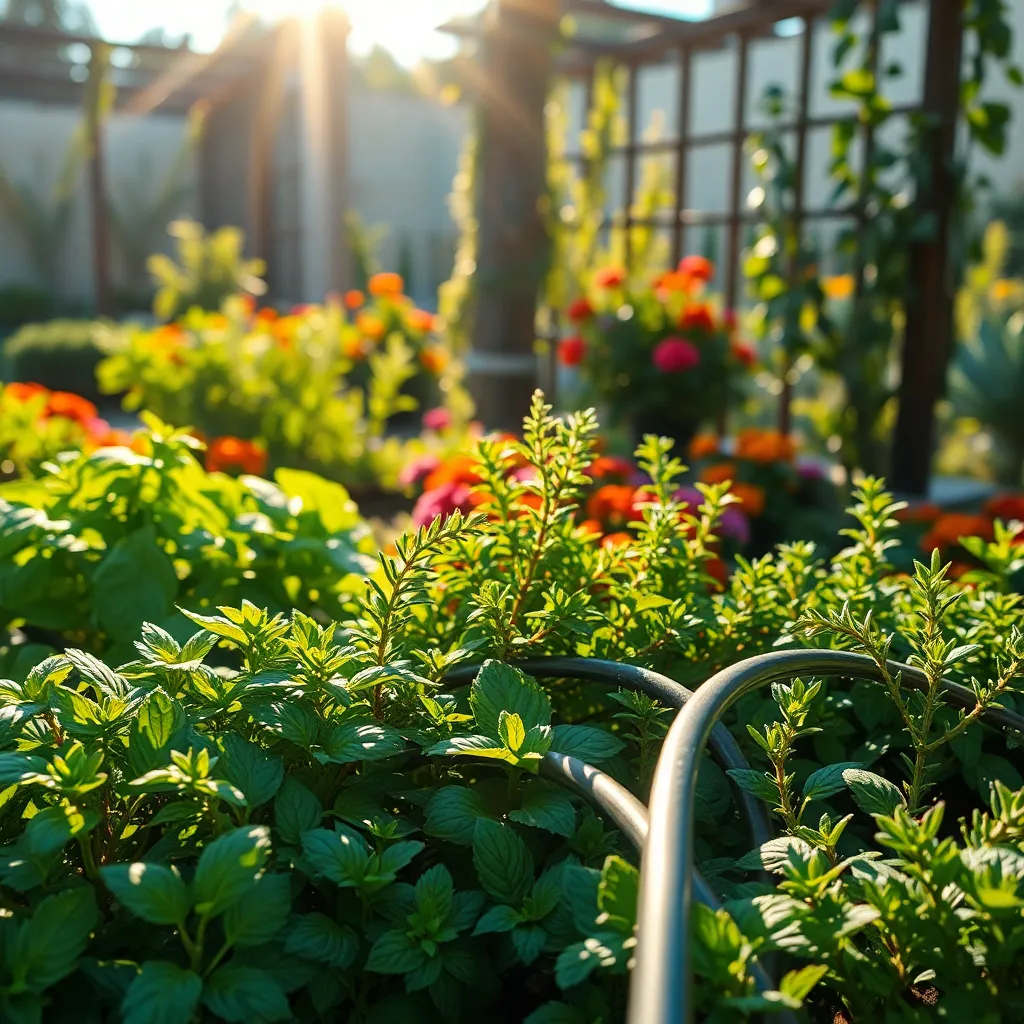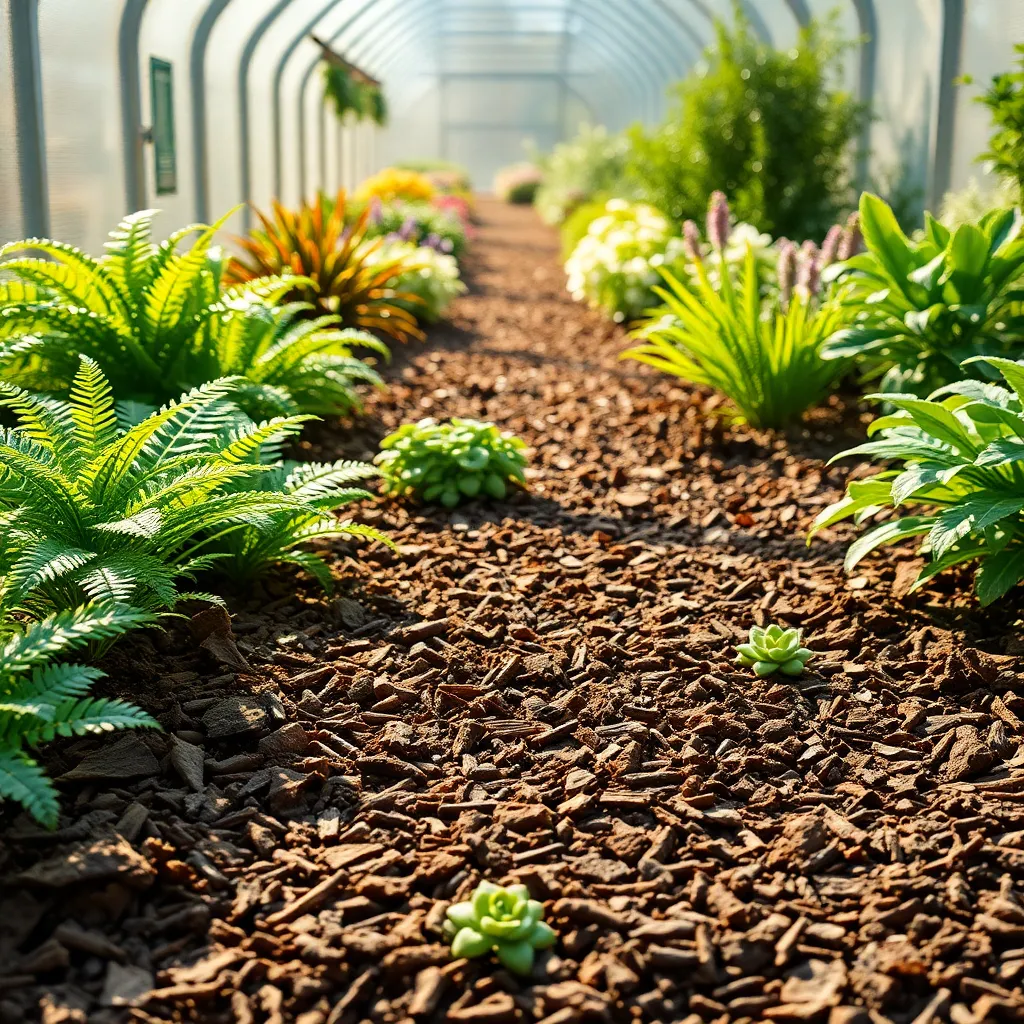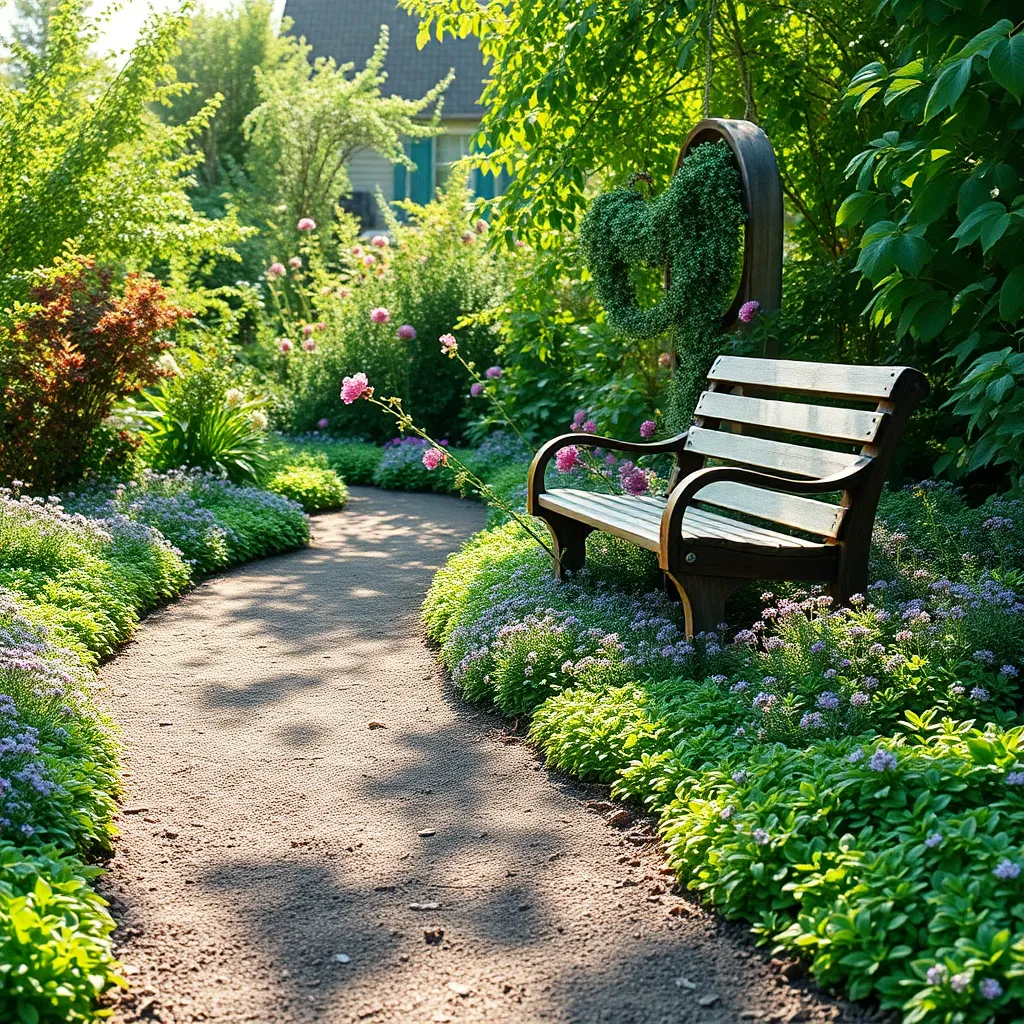Imagine stepping into your garden, a serene oasis, where nature thrives with minimal effort on your part. For many, the idea of a low-maintenance garden is a dream come true, especially for those who cherish the beauty of nature but have limited time to devote to its upkeep. Whether you’re just starting your gardening journey or have years of experience nurturing green spaces, creating a garden that works for you rather than the other way around can be both rewarding and liberating.
A low-maintenance garden doesn’t mean sacrificing beauty or diversity; instead, it embraces smart choices and strategic planning. In this article, you’ll discover how to select resilient plants, design efficient layouts, and employ clever techniques that reduce your workload while enhancing your outdoor space. From understanding the principles of xeriscaping to mastering the art of mulching, these insights will equip you with the knowledge to cultivate a garden that flourishes with minimal fuss. Join us as we explore how to marry your love for gardening with the practicalities of modern life, creating a haven that welcomes you with open arms and blooming beauty.
Select Drought-Tolerant Plants

Choosing drought-tolerant plants is a smart way to maintain a low-maintenance garden. These plants not only conserve water but also thrive with infrequent attention, making them perfect for busy gardeners.
Consider planting succulents like Agave and Aloe, which are known for their ability to store water in their leaves. Plant them in well-draining soil, and water them sparingly—only when the soil is completely dry to the touch.
For a burst of color, try Lantana, a flowering plant that can withstand dry conditions and attracts pollinators. Lantana thrives in sandy or rocky soil and requires full sun to produce its vibrant blooms.
Advanced gardeners might explore the use of native grasses, such as Blue Grama or Buffalo Grass, which are inherently adapted to withstand drought conditions. These grasses are not only low-maintenance but also provide a natural and sustainable lawn option.
Design Efficient Garden Layout

Designing an efficient garden layout is a crucial step in creating a low-maintenance garden. Begin by assessing the space available and understanding the sunlight patterns throughout the day to ensure each plant receives its needed light exposure.
Consider grouping plants with similar water and sunlight requirements together. This not only simplifies care but also ensures that each plant thrives in conditions suited to its growth needs.
Use raised beds or containers to better control soil quality and moisture levels. Raised beds can be filled with a custom soil mix, optimizing drainage and nutrient availability, which is especially useful for beginners.
For experienced gardeners, incorporating a drip irrigation system can further streamline maintenance. This system delivers water directly to the plant base, reducing water waste and ensuring consistent moisture levels, which is crucial for healthy plant growth.
Install Automatic Irrigation System

Installing an automatic irrigation system is a great way to reduce the time spent on garden maintenance while ensuring your plants receive consistent water. Choose a system that suits your garden size and layout, such as drip irrigation for smaller areas or a sprinkler system for larger spaces.
Drip irrigation systems are particularly beneficial for water conservation, as they deliver water directly to the plant roots. This method reduces water evaporation and runoff, making it an efficient choice for gardens in dry regions.
When setting up your system, consider the specific water needs of your plants. Group plants with similar watering requirements together, ensuring that each section of your garden receives the appropriate amount of moisture.
Regular checks and adjustments are essential to maintain the efficiency of your irrigation system. Inspect the system periodically for leaks or clogs, and adjust the watering schedule based on seasonal changes in weather and plant growth.
Apply Mulch to Retain Moisture

Applying mulch is an effective way to retain moisture in your garden, reducing the need for frequent watering. Organic mulches like straw, wood chips, or shredded bark are excellent choices as they gradually break down, enriching the soil.
To apply mulch correctly, spread a layer about two to three inches thick around your plants, keeping it a few inches away from the stems to prevent rot. This practice not only conserves moisture but also suppresses weeds, making garden maintenance easier.
For the best results, choose a mulch type that suits your soil conditions. For instance, composted leaf mold is ideal for clay soils, while pine needles work well for acidic-loving plants like azaleas and blueberries.
Mulching in spring helps trap moisture from the rainy season, providing a reserve for the hotter months. Regularly check your mulch layer and replenish it as needed, especially after heavy rains or strong winds.
Incorporate Low-Maintenance Ground Covers

Incorporating low-maintenance ground covers can significantly reduce the time you spend on weeding and watering. These plants help to suppress weeds and retain soil moisture, creating a healthier garden environment with less effort.
Consider planting Creeping Thyme in sunny areas, as it thrives in well-drained soil and requires minimal watering once established. This fragrant herb not only covers the ground with dense foliage but also attracts pollinators when it blooms with tiny purple flowers.
For shaded areas, Sweet Woodruff is an excellent choice, growing well in moist, rich soil and dappled light. Its delicate white flowers add a touch of elegance to the garden, and it’s known for its natural ability to deter pests such as slugs and snails.
When planting ground covers, prepare the soil by removing weeds and adding a layer of organic compost to enrich it. Once planted, water these covers thoroughly to help them establish roots, and then reduce watering as they mature and become more drought-tolerant.
Conclusion: Growing Success with These Plants
In conclusion, cultivating a low-maintenance garden is much like nurturing a thriving relationship. We explored five key concepts: selecting resilient plants, establishing a practical watering routine, using mulch for protection, encouraging beneficial insects, and embracing native flora. These principles mirror the essential balance of effort and ease in any successful relationship, where understanding and adaptation create a flourishing bond.
As your actionable next step, consider evaluating your current garden, or relationship, to identify where these strategies can be applied. Perhaps it’s time to introduce more resilient choices or streamline your care routines. By taking these small steps, you can foster growth and harmony with less stress.
We encourage you to save or bookmark this article as a valuable resource. It serves as a reminder that with thoughtful planning and care, both your garden and your relationships can thrive with minimal maintenance.
Looking ahead, remember that the key to relationship success lies in continuous growth and adaptation. Embrace these principles, and you’ll find that your relationships can flourish with the same natural grace as a well-tended garden. Here’s to a future of blossoming partnerships and nurturing environments.

